Policy

Dispute over U.S.-bound investment fund structure Risk of industrial collapse if Washington’s terms accepted China deploys ‘delay strategy,’ tariff suspension until November South Korea’s trade negotiations with the United States have reached an
Read More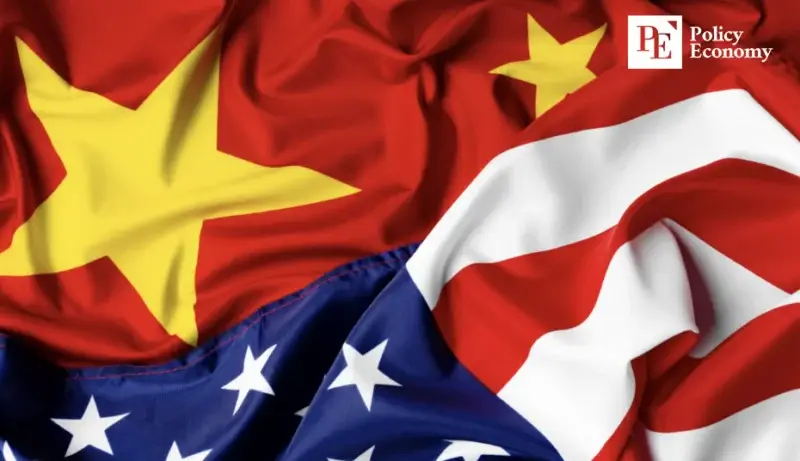
Fourth High-Level U.S.-China Trade Talks Concluded Agreement on TikTok Sale, Trump’s Potential Visit to China Discussed Fentanyl and Russian Crude Oil Imports Among Outstanding Issues The United States and China reached a de facto agreement on the
Read More

Fragmentation cuts GDP and starves education Colonial borders fuel conflict, distrust, and lost learning Keep mobility open and fund cross-border education corridors We face a hidden cost that seldom appears in bud
Read More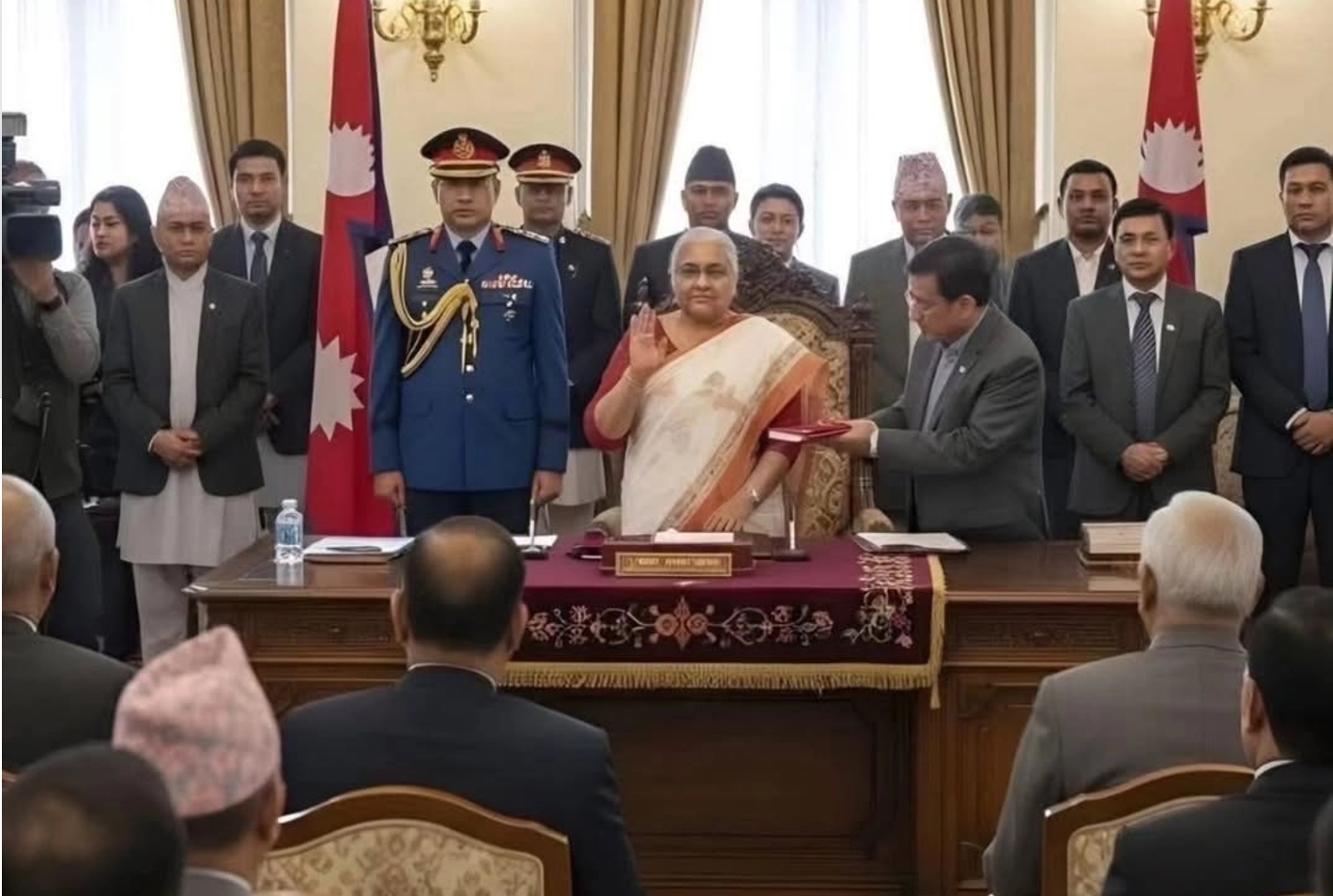
Expansion of Anti-Government Protests Led by Gen Z in Asia ‘From Sri Lanka to Nepal’ Four Countries Engulfed by Unrest Beyond Outbursts of Anger, Driving Political Change At the Government Office in Kathmandu on the 12th, n
Read More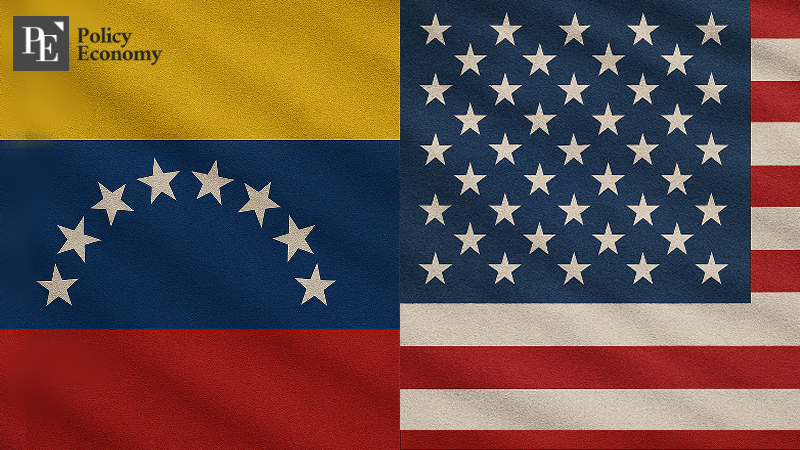
Trump: “U.S. Forces Attacked Venezuelan Drug Vessel, 3 Killed” Military Pressure Has Escalated Since July; 11 Dead in U.S. Strike on September 2 Is Washington Using Armed Clashes as Part of a Regime-Change Strategy? U.S.
Read More
August Slump in Production, Consumption, and Investment Decline in Fixed-Asset Investment Including Infrastructure Annual GDP Growth Target of 5% Under Strain China’s production, consumption, and inves
Read More
Grain Reserves Fail to Stem Soaring PricesDistribution Inefficiencies Deepen Instability
Read More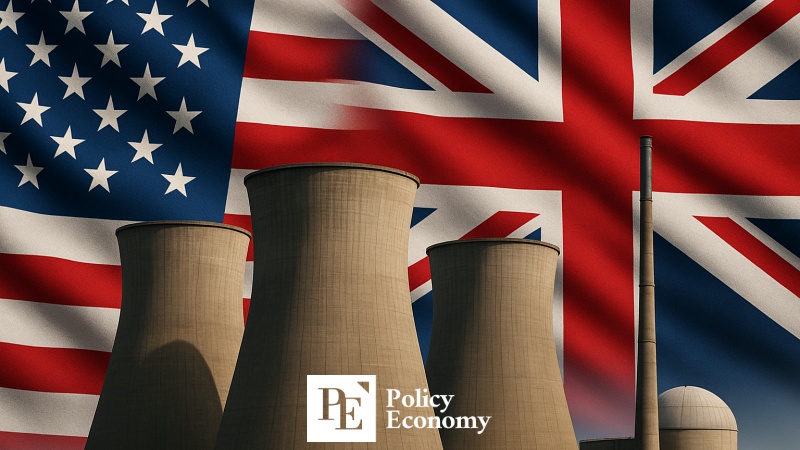
U.K. Seeks Energy Stability Amid Rising CostsDeal Could Reshape Energy Policy Leadership
Read More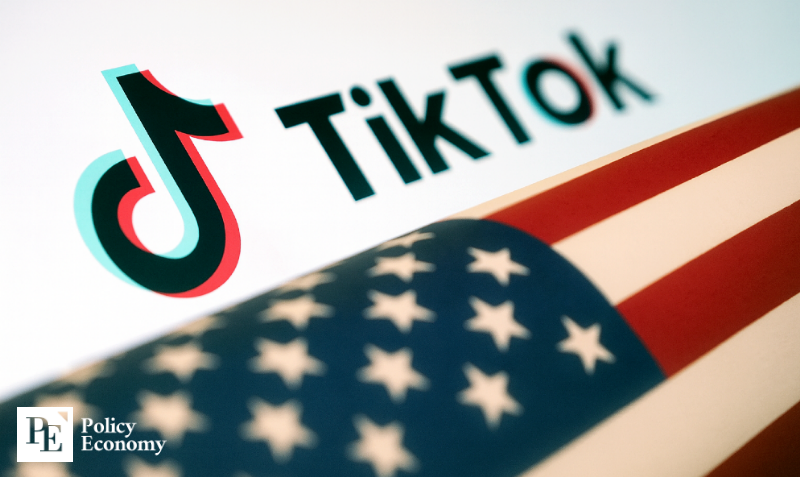
TikTok Divestment as U.S.-China Trade Agenda Contentious debate persists over approval of algorithm transfer Sanctions and retaliatory measures escalate ahead of summit U.S.
Read More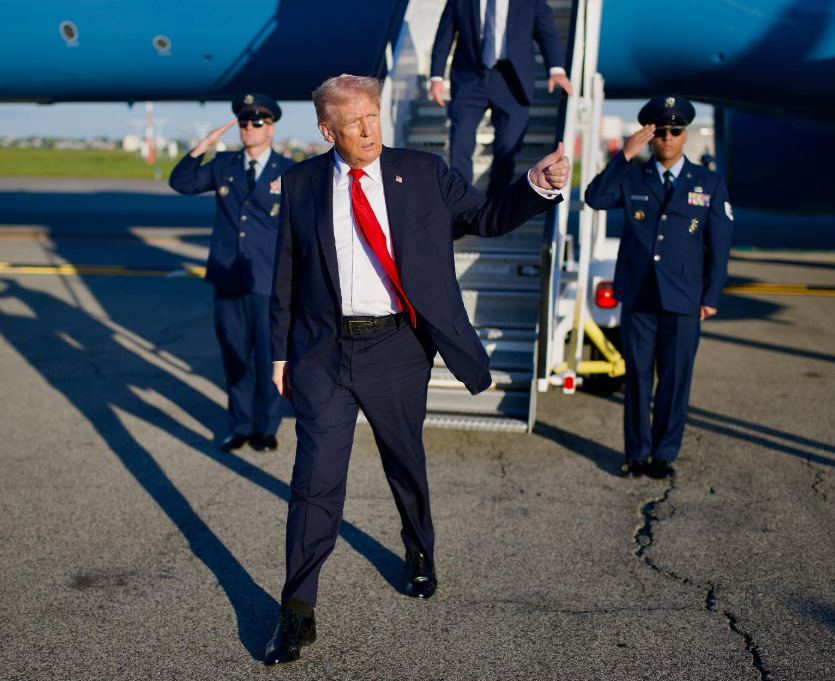
Trump: “Teach and train Americans” Move aimed at preventing investment pullback after Korean worker detentions Crackdown at Hyundai site seen as own goal for U.S.
Read More

Put talent—not tariffs—at the center of the India–U.S. deal U.S.
Read More
Sunday bans add about 1.4 miles of travel per trip They now mainly push shoppers online Targeted labor and digital-market policies work better One key number shapes our understanding of Sunday trading rules: 1.4 miles.
Read More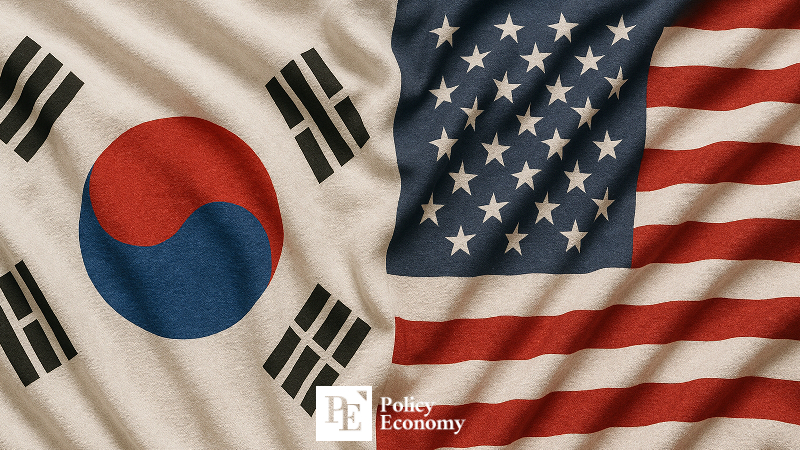
U.S. Commerce Secretary Presses Korea to Sign Tariff Deal President Lee Jae-myung: “No Negotiations Without Fairness and Rationality” Could the Mass Arrests of Hyundai and LG Energy Executives Unlock a Compromise? U.S.
Read More
A view of Zijin Mining’s Raygorodok gold mine in Akmola, northern Kazakhstan / Photo=Zijin MiningChina Expands Deposits Through Investment and Acquisitions Export Restrictions and Smuggling Crackdown Intensified Strategic Leverage Against the United States
Read More
U.S. tariffs mix security aims with bargaining, causing confusion. Allies hedge by shifting trade and investment toward China and cheaper energy, blunting U.S.
Read More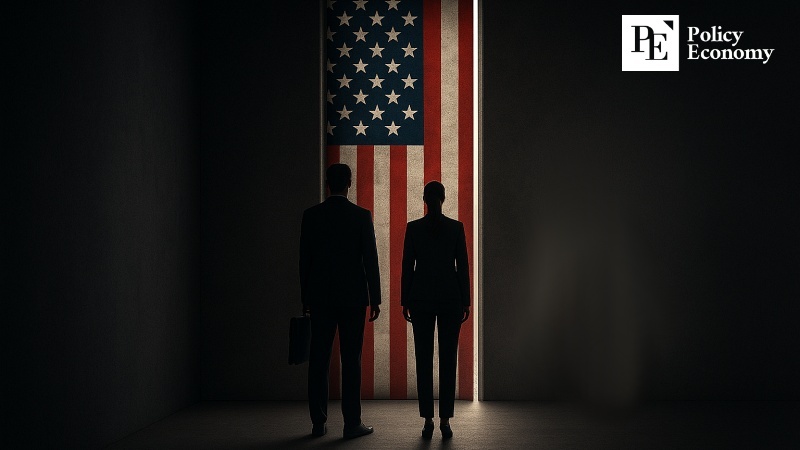
Rift Between Left and Right RekindledActive Role in International Conservative Networks
Read More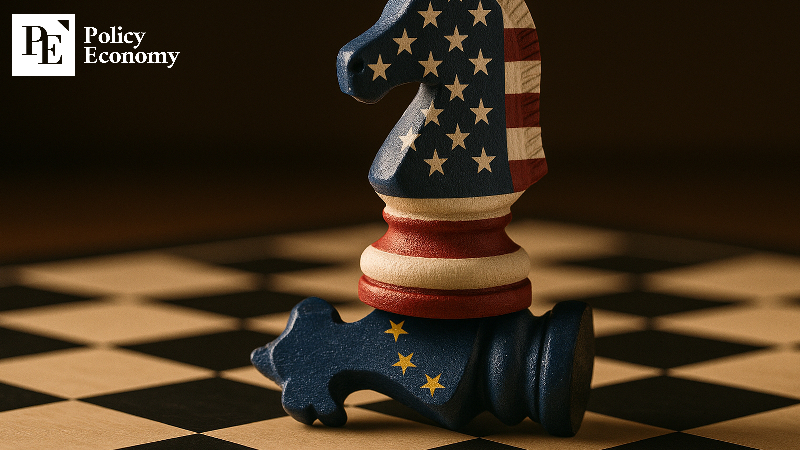
52% of EU Citizens View U.S.–EU Trade Deal Negatively Commission President Ursula von der Leyen Loses Public Trust European Parliament Moves Toward Another No-Confidence Vote Within Months A recent survey shows that a majority of European Union (
Read More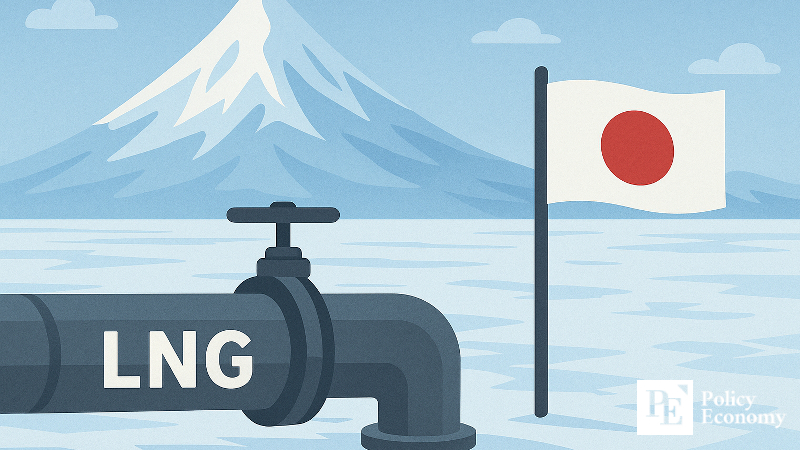
U.S. Glenpan, Leading AKLNG, Signs LNG Supply Deal with Japan’s JERA Just Months Ago, Asian Participation Remained Uncertain Taiwan and Japan Prioritize Practical Gains over Project Risks Glenfarne, the U.S.
Read More










